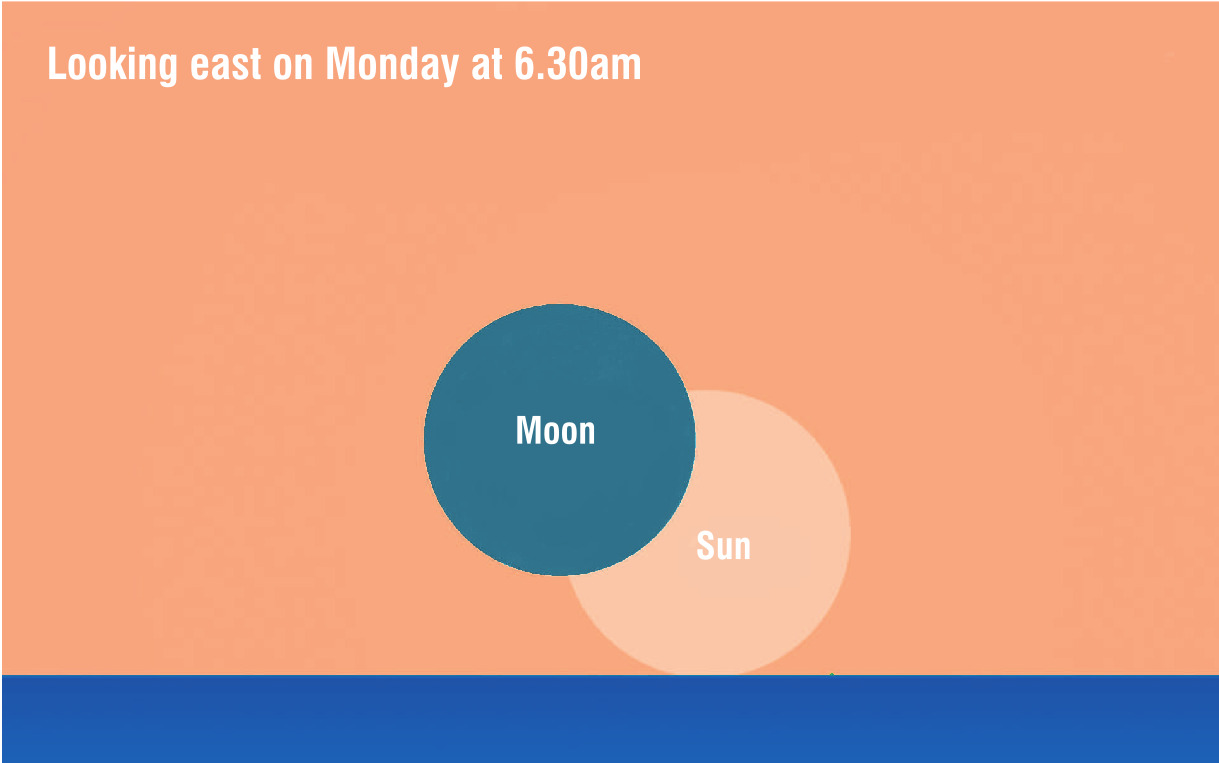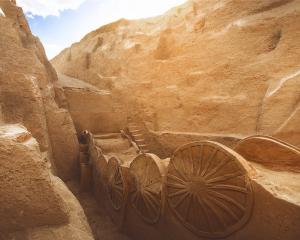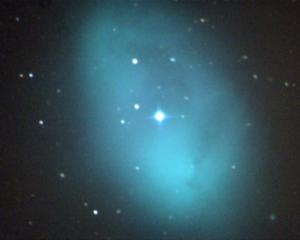
The eclipse itself begins invisibly at 5.41am but, by the time the sun appears, it will already be oddly shaped, a crescent of fire climbing through the haze.
The show peaks at 7.12am and by 8.22am the moon has slipped away and the eclipse will be over.

If the morning is clear, the sight could be unforgettable.
There’s a seasonal footnote, too. This eclipse arrives on the cusp of the equinox — the moment when the sun crosses the celestial equator.
In Dunedin the September (spring) equinox occurs at 6.19am on Tuesday, September 23, just hours after the eclipse morning, which is why many are calling this an "equinox eclipse".
For the best views, head somewhere with an open eastern horizon. Sandfly Bay or St Clair Beach, or the Highcliff Rd lookouts will all offer grandstand seats.
Wherever you go, though, take care. Never look directly at the sun. Even during an eclipse, its light can cause permanent damage. Use certified eclipse glasses (available at Tūhura Otago Museum) or project the sun safely: poke a small hole in a card and let the sunlight fall on to a second card or a white wall — the crescent shape will be beautifully obvious.
Photographers should keep solar filters on lenses until the eclipse ends.
This September event is only a partial eclipse, a quiet rehearsal for something much greater.
On July 22, 2028, Dunedin will experience a total solar eclipse — the first visible from here in nearly nine centuries.
At about 4.15pm that afternoon, the sun will vanish completely for about three minutes, and the harbour hills will darken under the moon’s shadow.
For now, though, September’s crooked sunrise is a reminder of what is to come.
So, set the alarm, pour the thermos and find a spot by the sea. Watch as the day begins with a sliver of missing light, and remember: this is just the overture.












